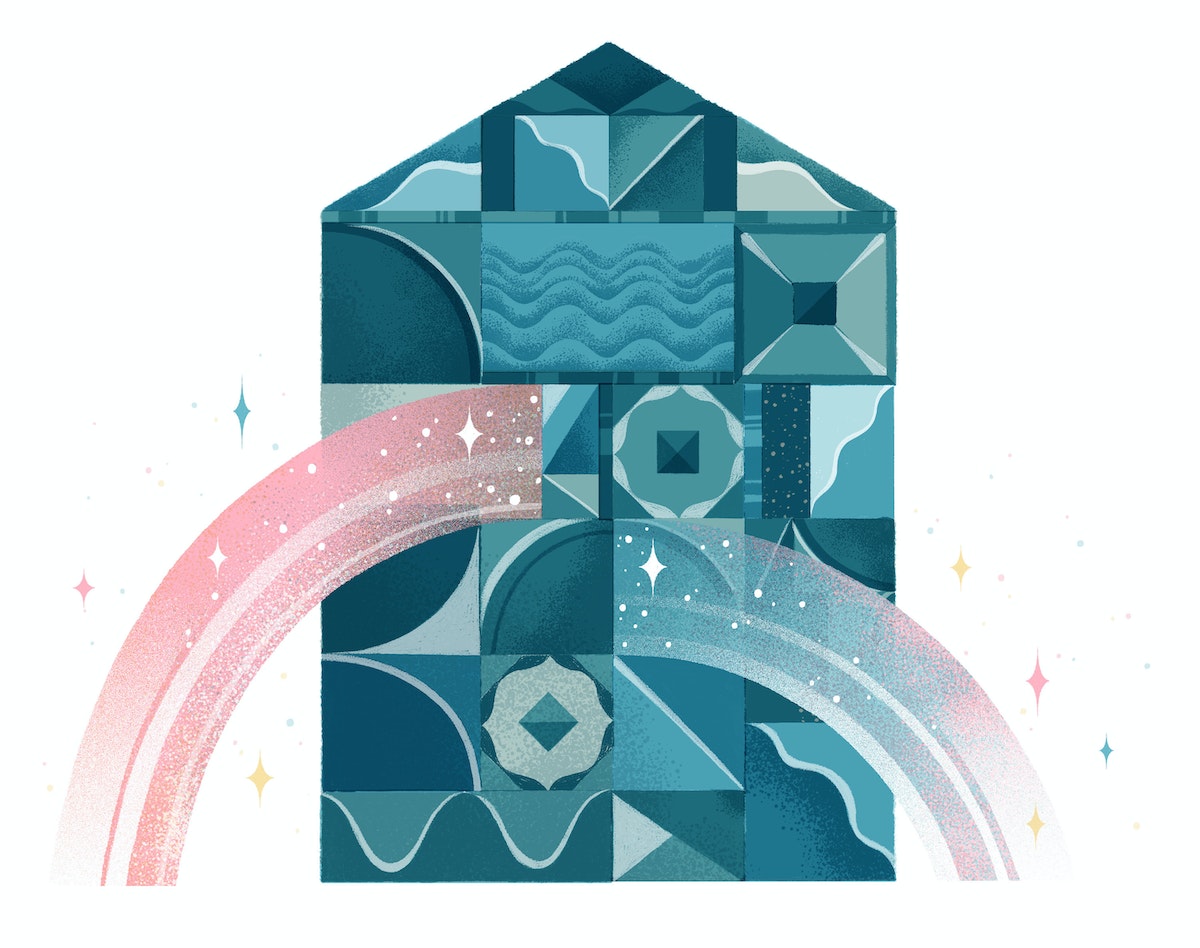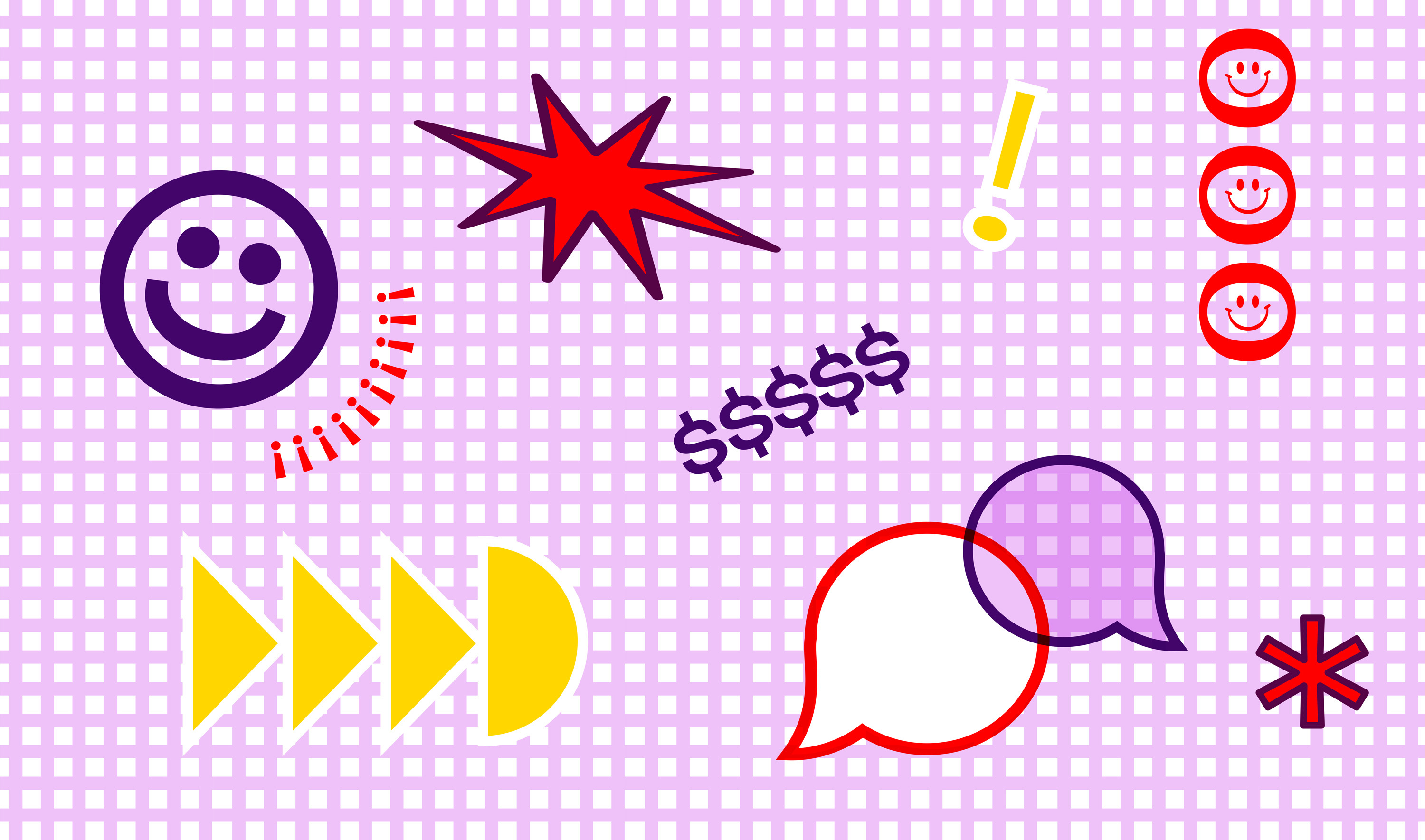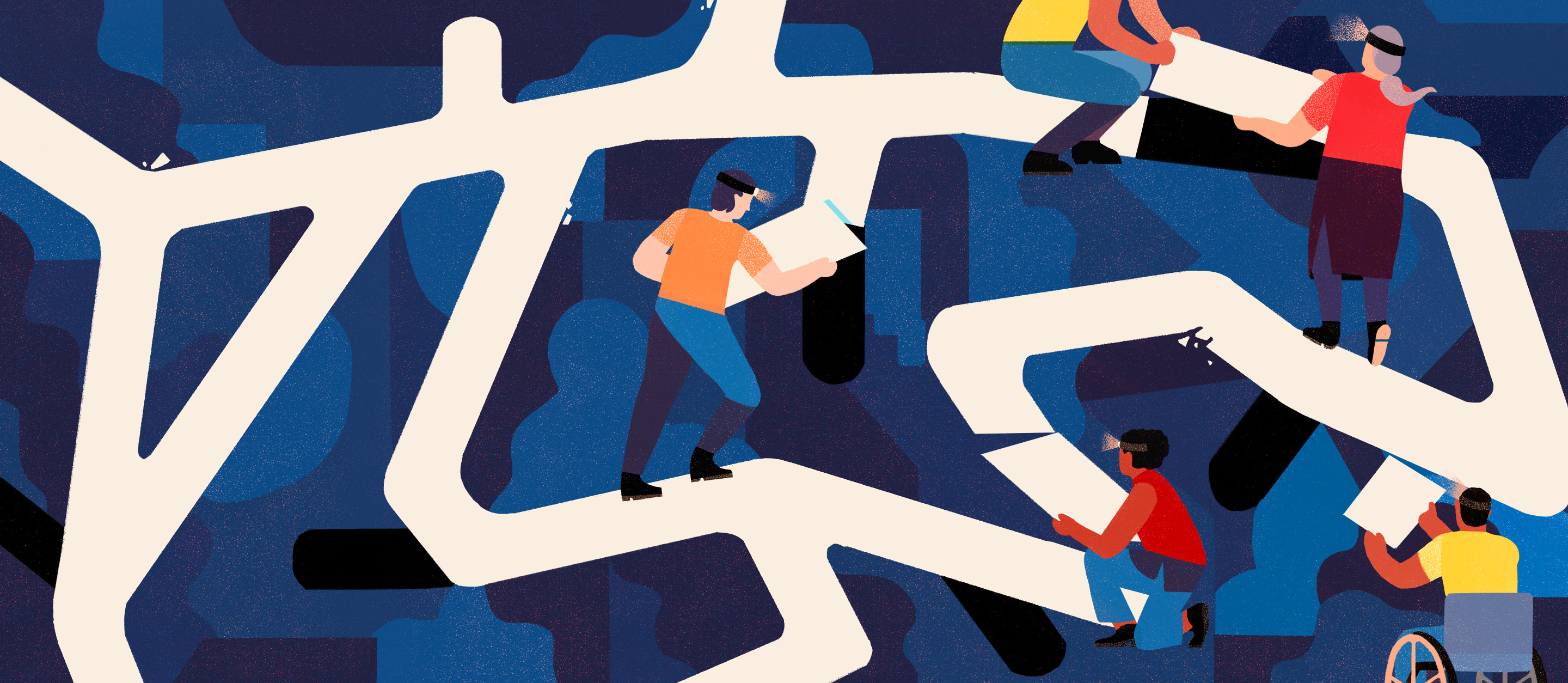What Comes After Open Offices?

A few years ago, a major international bank approached IDEO and asked our team to rethink their workspaces. They had a new CEO, a new mission statement, and a hunch that the physical design of their facilities could foster behavior changes in the organization.
They were right, of course. At IDEO, we’ve seen time and again how environments design can create a more appealing, nimble, and resilient workplace. But we’ve also learned that a more profound change—and higher returns—can come when we look beyond the “hardware” of floor plans and furniture to the “software” of human relationships, activities, and work habits.
We began a series of site visits, meeting with people across different roles and observing how they used their workspaces, from executive offices to call centers. At one location our guide was a “floor manager,” as they called him. Technically, he was responsible for the upkeep of the physical environment, but he quickly revealed himself to be far more than that. He remembered birthdays and anniversaries. He knew when teams had completed a big project and how best to celebrate it. He was also an astute observer of the quirks of human behavior in space, like the routes people paced when they needed privacy on a personal call. He was invaluable for our learning process, and we realized he was invaluable for the bank too. He bridged some of the work of a receptionist, human resources specialist, custodian, and audiovisual tech. Above all, he helped people connect personally to their environment, and in doing so he made it better and their work easier to do.
But, as in so many organizations, his job was in jeopardy. Rather than see the value of his dedicated attention and accumulated cultural knowledge, the bank had decided that it no longer needed a manager for each floor. His role was seen as expendable, and his presence a cost burden. His “hard” tasks could still get done in a more administrative capacity, but the “softer” work would disappear.
This was a moment of insight for us. Amid the inconsistency of changing workplace conditions and mobile employees, this floor manager was a constant for the community. Far from being an unnecessary expense in a lean workplace, he was what allowed a lean workplace to thrive. He embodied its culture and created returns that couldn’t be easily captured on spreadsheets. We started to think of him like the starter in a sourdough recipe—the little bit that carries the unique flavor and texture of the organization forward.
The case of the big bank floor manager is indicative of larger trends that I have seen evolve over the last decade. For many years, facilities professionals, just by doing their jobs, enabled huge returns for their companies. They brought value by modernizing space, boosting technological efficiency, and cutting square footage. But when there is little left to cut, returns must be generated in other ways. In order to unlock new value, the realm of facilities must expand to encompass not only visible details of design and culture, but also less visible organizational factors like strategy, structure, process, incentives, and talent. In turn, the role of the facilities manager evolves from someone who optimizes for today, to someone who helps cultivate tomorrow.

In searching for more ROI, some organizations are choosing to locate their teams in white-label workspaces that offer glossy services and amenities, while alleviating some of the ambiguity inherent in preparing for the future. However, these places can be more like interchangeable hotel rooms than permanent homes. The occupants are connected by proximity, but not by a shared purpose.
At IDEO, we consider that sense of common purpose to be an essential part of the software that makes the workplace—and the organization—thrive. Our challenge is to better program that software—to think not only in one-off designs, but about the broader life and behaviors in an environment. In a project for Planned Parenthood, for example, we suggested shifting the role of receptionist from a stationary processing officer to a responsive guide—someone who could assess patients’ particular needs and help them navigate the space accordingly. The furniture and floor plan changed, too, to improve the patient experience; but it was in the use of human services that the overall design was activated. The people inside would play just as important a role as the walls and furniture. The outcome was both a strengthening of internal culture and relationships, and a more favorable outside perception of the brand as one that foregrounds human relationships. It showed what can happen when we consider people and interactions as part of the design.
In a very different type of project—the redesign of a hedge fund’s trading floor—we similarly looked at the interaction between human activity and physical environment. The client’s hunch was that more portfolio managers talking with each other and exchanging their expertise and research would produce different, better scenarios to trade on. Their teams had been siloed and hierarchical, with minimal interaction between fiefdoms. We quickly realized that while the brief asked for “the trading floor of the future,” we were undertaking a cultural change project. You can’t get people to exchange ideas if they don’t even address each other in passing.
We designed a space that had teams sharing amenities like conference rooms, call booths, and support service stations, and we also left room for spontaneous interactions and conversations away from the desk. The physical environment was enriched by the design of programmatic experiences like learning and development opportunities that brought diverse employee groups together; as well as intentional consideration of teams’ internal language and communication. At first, those at the top of the hierarchy resisted organic interaction with those lower down the ranks. But in the end, the value of cultural cohesion was clear. And data supports the experiential finding: Teams and organizations that collaborate across different functions on a daily basis are 38% more successful than organizations that do not. The best workspaces function like a sliding puzzle: there has to be a little extra to move into, otherwise everyone gets stuck in place. They consider the container as well as the contained.

The two projects were certainly different, but both were emblematic of doing more with less, by focusing on the people in the space. We helped both organizations and their real estate teams steward a shift from merely managing their workspaces to cultivating the activity that goes on inside them. We studied unique human behaviors and then, through testing and prototyping, moved forward with elements tailored to each organization’s culture and its individuals. That process differs from what environments design typically entails. But we know that the software of a workspace still has a lot to give us all, in a way that’s complementary to the pressures many organizations are feeling.
I recently got back in touch with my client at that international bank. She told me they’re now adding floor managers—renamed “experience managers”—to their sites across the globe. That’s a small thing, but it underscored a more profound change in her role developing the bank’s myriad facilities. If before she was a value saver, now she sees the possibilities in being a value creator. Rather than working behind the scenes, she is an active player in her organization’s success. “It’s not just furniture,” she said. “It’s about how employees feel about the way they are spending time. Are they in an environment that supports their flow, their work style, and their work type? What can we do to make their work easier? How can I make them more successful?”
Those are profound questions for any organization, let alone for the professional field of real estate that is shifting from simply building the walls to enabling the activities that happen inside of them. When I think about the future of facilities, I think about all the potential we can unlock by holding the cultural and emotional components of work alongside legacy approaches to productivity and architecture. Our challenge—and our interest—is weaving those parts into a greater whole.
Unless otherwise specified, all statistics came from Creative Difference, a digital tool to assess, guide, and track the development of creative and innovative teams.
Visuals by Marina Muun.
Words and art

Subscribe

.svg)









